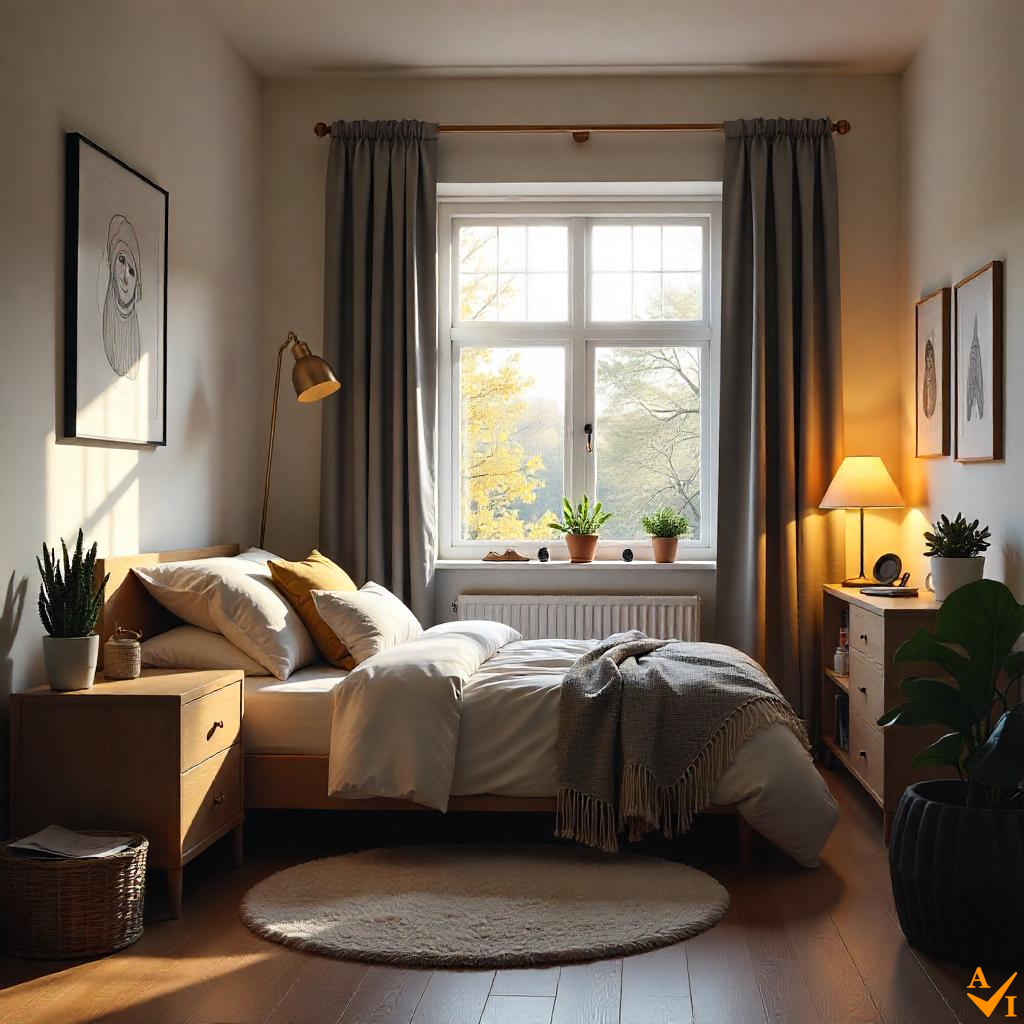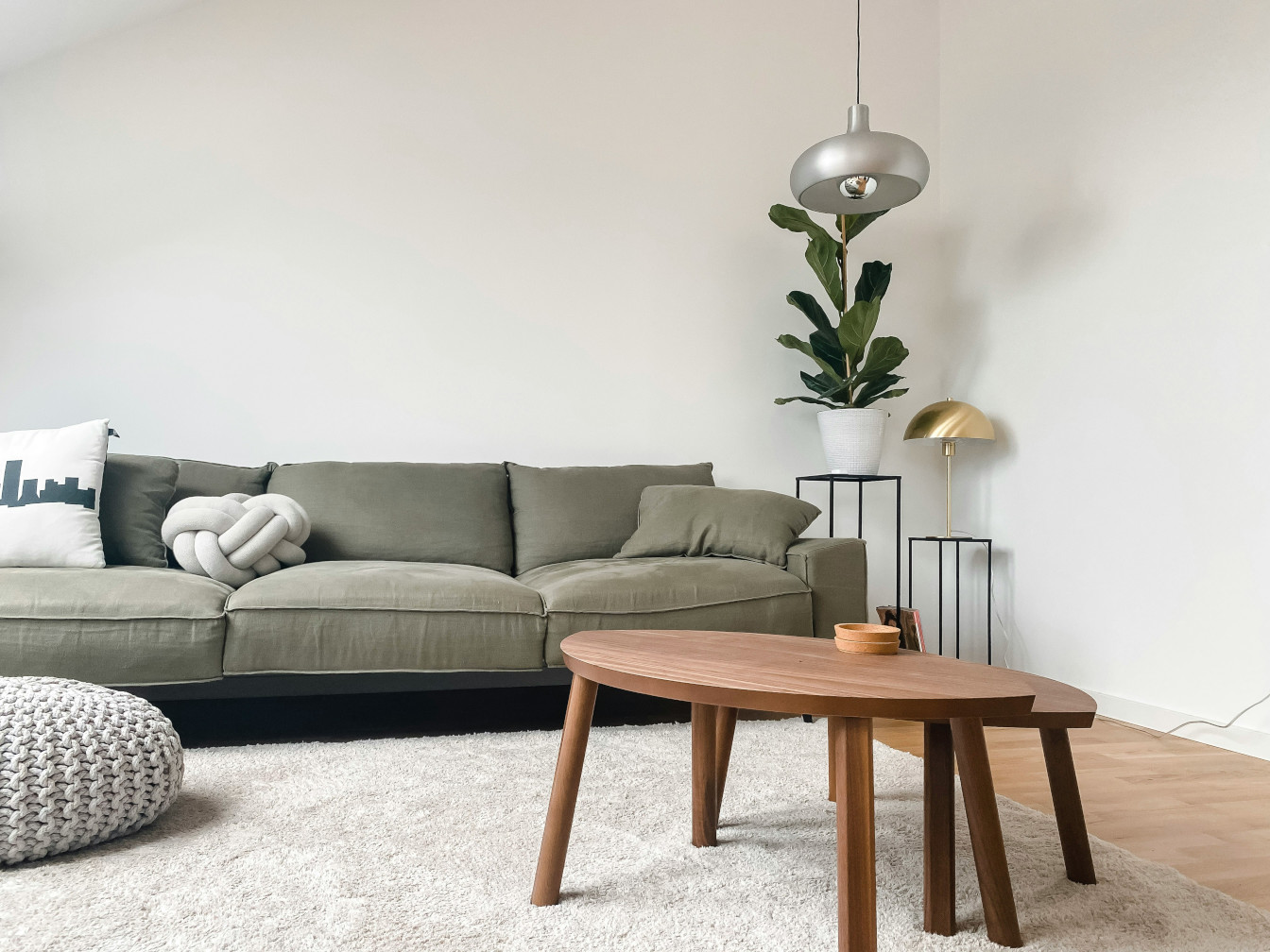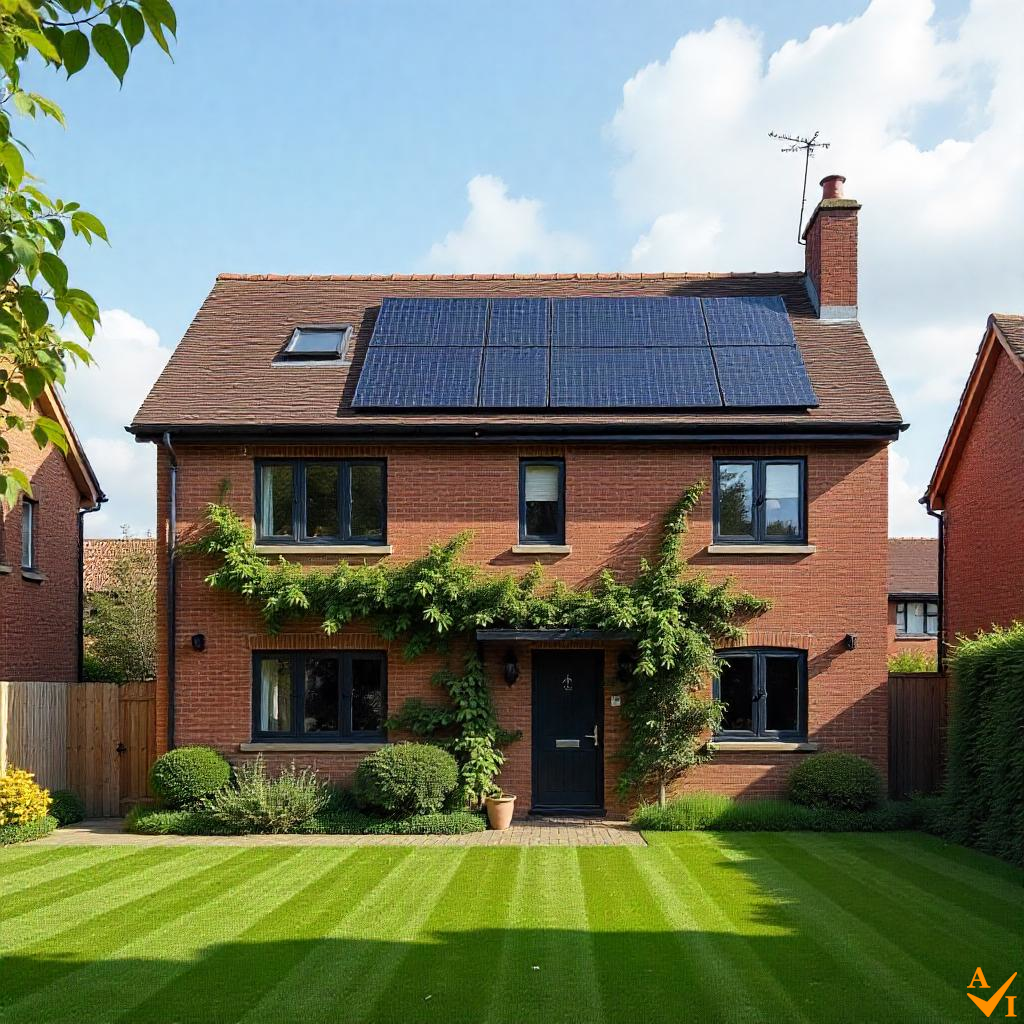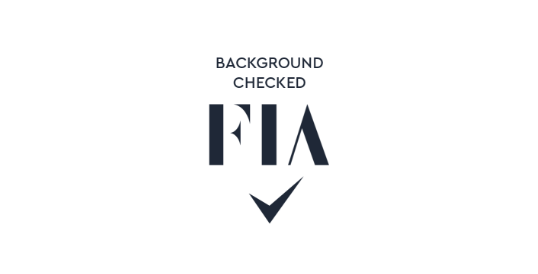
Harlow Lawn Tennis Club’s rising star, Max Keni, has delivered a series of remarkable performances representing Essex in the 10 and under County Cup. This was Max’s debut in the prestigious tournament, and he certainly made his mark.
The event took place at Woodbridge Lawn Tennis Club, where Essex competed in South Area, Group B, against Suffolk, Norfolk, and Bedfordshire. The competition format included four singles and two doubles matches against each county.
On Saturday, Essex triumphed over Bedfordshire with a 6-0 victory and then defeated Norfolk 5-1. Although Max didn’t play in these matches, his unwavering support for the team was invaluable.
Sunday was a pivotal day for Essex, as they aimed to secure a spot in the National finals. Max was called up to play and delivered an outstanding performance. He won his singles match with scores of 4-2, 4-1. Max then teamed up with his partner for a thrilling doubles match, which they won 2-4, 4-2, 10-6.
Thanks to Max’s contributions and the team’s collective efforts, Essex topped their group and advanced to the South Area National Finals in Southampton, scheduled for the 7th and 8th of June.
Harlow Lawn Tennis Club is immensely proud of Max’s debut performance and the team’s achievements throughout the weekend. We extend our best wishes to Max and the Essex team as they prepare for the National Finals.
At Peter Cuffaro Estate Agents, we celebrate local talent and community achievements. Max’s success is a testament to the dedication and spirit of our community, and we look forward to supporting more local stars in their endeavours.
Image: Unsplash
